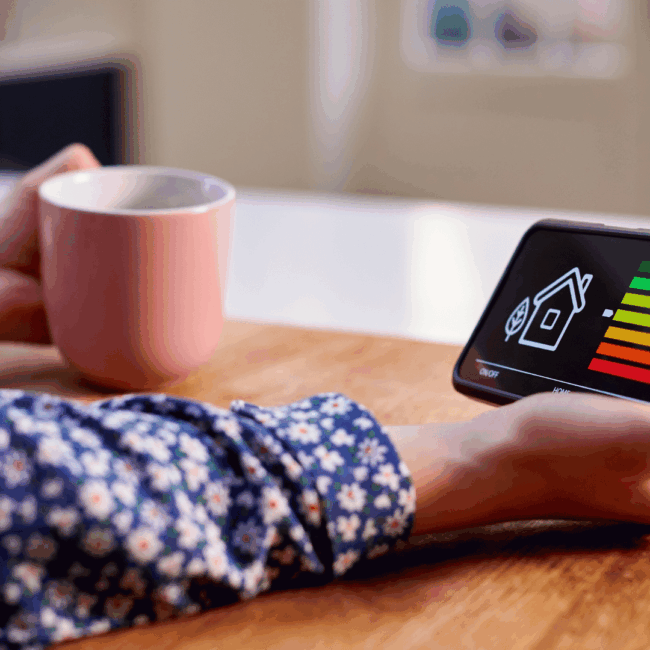Many businesses rely on Software as a Service (SaaS) platforms to provide essential services to their customers. Whether you’re offering cloud storage, accounting software, or project management tools, having clear, well-drafted SaaS agreements and user contracts is crucial. These agreements define the terms of service between you and your users, set expectations, and protect your business from potential disputes.
Here are the key considerations when drafting your SaaS subscription agreements and user contracts to ensure they’re comprehensive, legally sound, and fit for purpose.
1.Define the Scope of Services
Your SaaS agreement should clearly outline the services you’re providing. This includes:
- Service description: Define what your software does, the features available, and any limitations.
- Service availability: Indicate uptime expectations, such as 99% availability, and any planned maintenance windows.
- Service limitations: Be clear about what the software won’t provide or support, this makes sure that there is no confusion.
It’s crucial to avoid vague language in this section to minimise the risk of users misunderstanding the scope of your service.
2. Payment terms
One of the most important aspects of a SaaS agreement is the payment structure. Ensure the following are clearly defined:
- Subscription fees: State the cost of the service, whether it’s a monthly or annual subscription, and the currency in which payments will be made.
- Billing cycle: Specify the billing cycle and how and when users will be charged.
- Late payments and suspension: Outline what happens in the event of late payments, and whether service suspension or termination is a consequence.
Being transparent around your payment terms helps to avoid disputes and maintains trust with your users.

3. Data protection and GDPR compliance
As a SaaS provider, you will likely be handling your customers’ data. In the UK and the wider European Union, the General Data Protection Regulation (GDPR) places strict requirements on businesses that process personal data. Your SaaS agreement should cover:
- Data handling and storage: Clearly state how user data is collected, stored, and processed.
- Data protection measures: Outline the security measures in place to protect user data.
- Data breaches: Describe your process for notifying users in the event of a data breach.
- User rights: Include how users can exercise their rights under GDPR, such as the right to access or delete their data.
Failing to comply with GDPR could lead to significant fines, so it’s vital that your contracts are thorough and up to date with current legislation. If you want to read more about GDPR then we’ve got your covered in this article here.
4. Termination and renewal terms
Sometimes it just doesn’t work out and so making to clear to your users how they can terminate their subscription—and the circumstances under which you can terminate the contract—is fair for all parties. Your agreement should include:
- Termination by user: Define how and when users can cancel their subscription, and if there are any penalties or notice periods involved.
- Termination by provider: Clarify under what conditions you can terminate the agreement, such as non-payment or violation of terms.
- Automatic renewal: If your subscription renews automatically, make sure this is communicated upfront, including the length of the renewal period and any associated price changes.
Make sure that these terms are easy to find and easy to understand in your SaaS agreement. Not only is this fair for the user but it also protects your business by removing ambiguity or scope for misunderstanding.
5. Liability and limitations
You’ll want to make sure that your SaaS agreement includes a limitation of liability clause – this means that you cannot be held liable for more than your insurance will cover. Typically this clause specifies:
- Liability cap: The maximum amount your business would be liable for in case of disputes or issues arising from the service.
- Exclusions: Be clear about what your business cannot be held responsible for, such as indirect or consequential damages.
By capping your liability, you limit financial risks while ensuring users understand the extent of their legal recourse.
P.S please make sure you have the right insurance in place to cover you and if you need any support to find the right insurers, just get in touch and we’ll make an intro for you.
6. Intellectual property rights
When offering a SaaS product, it’s important to establish who owns the intellectual property (IP). It’s usual for the SaaS provider to retain ownership of the software, while the user is granted a licence to use the software. Your agreement will cover:
- IP ownership: Confirm that you retain all rights to the software, including updates and modifications.
- User licence: Define the type of licence granted to users (e.g., non-exclusive, non-transferable) and any usage restrictions.
- Clearly defining IP rights helps avoid disputes over ownership of the software or any customisations made.
7. Support and maintenance
Your users will expect a certain level of support, so it’s important to specify what kind of support your business will provide. This includes:
- Support channels: Specify how users can get in touch for help, such as via email, chat, or phone.
- Response times: Set expectations for how quickly users will receive support.
- Software updates: Outline how often updates will be made and whether they come at additional costs.
There’s nothing more frustrating than not knowing how to get hold of a provider and when your query will be answered so define parameters that you can deliver against. This in turn will boost customer satisfaction and reduce churn so it’s an easy win to include this detail in your SaaS agreement.
8. Service Level Agreement (SLA)
If your business offers a service that is critical to your users’ operations, they’ll want reassurance that you can meet certain performance standards. A Service Level Agreement (SLA) sets measurable performance expectations, including:
- Uptime guarantees: Promise a certain level of service availability (e.g., 99.9% uptime).
- Downtime credits: Consider offering users credits or refunds if service levels drop below the promised threshold.
- Response times for incidents: Clarify how quickly you will respond to and resolve issues.
SLA’s are expected and together with some other key clauses here, go a long way to providing clear, fair and manageable communications with your users.
Ensure your SaaS agreements are rock-solid
Drafting a comprehensive SaaS subscription agreement is essential for protecting your business, ensuring compliance, and setting clear expectations with your users. From payment terms to GDPR compliance, every aspect of the contract needs careful consideration to safeguard your business and provide users with the information they need.
Need help drafting or reviewing your SaaS agreements?
Get in touch with our expert legal team at jamiesonlaw.legal to discuss how we can assist you!




